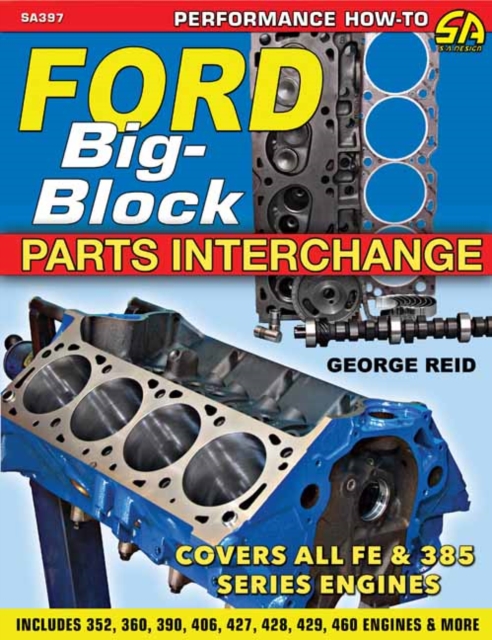CITESTE MAI MULT
Detalii
Descriere RO
Over the course of performance car history, and specifically muscle car history, big-block engines are particularly beloved, and for good reason. Not only are they the essence of what a muscle car is, but before modern technology and stroker engines, they were also the best way to make a lot of horsepower. All of the Detroit manufacturers had their versions of big-block engines, and Ford was no exception. Actually, Ford was somewhat unique in that it had two very different big-block engine designs during the muscle car era.The FE engine was a design pioneered in the late 1950s, primarily as a more powerful replacement for the dated Y-block design because cars were becoming bigger and heavier, and therefore, necessitated more power to move. What started as torquey engines meant to move heavyweight sedans morphed into screaming high-performance mills that won Le Mans and drag racing championships through the 1960s. By the late 1960s, the design was dated, so Ford replaced the FE design with the -385- series, also known as the -Lima- design, which was more similar to the canted-valve Cleveland design being pioneered at the same time. It didn't share the 1960s pedigree of racing success, but the new design was better in almost every way; it exists via Ford motorsports offerings to this day. In Ford Big-Block Parts Interchange, Ford expert and historian George Reid covers both engines completely. Interchange and availability for all engine components are covered including cranks, rods, pistons, camshafts, engine blocks, intake and exhaust manifolds, carburetors, distributors, and more. Expanding from the previous edition of High-Performance Ford Parts Interchange that covered both small- and big-block engines in one volume, this book cuts out the small-block information and devotes every page to the FE Series and 385 big-blocks from Ford, which allows for more complete and extensive coverage.
EdituraCarTech Inc
Dimensiuni279 x 218 x 8
Data Publicarii25/01/2018
Format
Numar pagini144
Aceasta este o carte in limba engleza. Descrierea cartii (tradusa din engleza cu Google Translate) este in limba romana din motive legale.
De-a lungul istoriei masinilor de performanta si, in special, a istoriei masinilor musculare, motoarele cu blocuri mari sunt deosebit de iubite si din motive intemeiate. Nu numai ca sunt esenta a ceea ce este o masina musculara, dar inainte de tehnologia moderna si motoarele de stroker, au fost, de asemenea, cel mai bun mod de a face o multime de cai putere.

